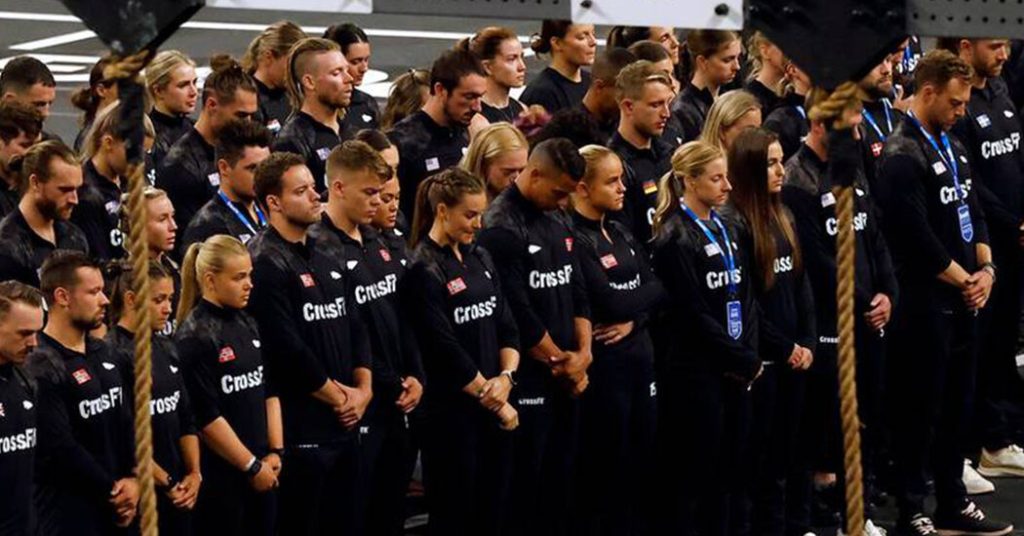The ambiance on the closing ceremony of the CrossFit Games final week on the Dickies Area, a 14,000-seat venue in Fort Price, was decidedly solemn.
Ordinarily a triumphant second for the women and men named the “fittest on earth” after collaborating in a four-day competitors involving grueling feats of bodily power and endurance, the festivities this yr had been overshadowed by the dying of a competitor on the primary day of the competition. Lazar Dukic, a 28-year-old athlete from Serbia, died throughout an 800-meter open-water swim in Marine Creek Lake.
Mr. Dukic’s dying was the primary within the 17-year historical past of the Games. His dying has raised many considerations, some longstanding, in regards to the security of CrossFit as each a exercise routine and a high-level athletic competitors.
When Greg Glassman, a private coach and a former gymnast, based CrossFit within the mid Nineties, he took an method to train that was radically totally different from the bench presses and dumbbell curls that prevailed at gyms on the time. His methodology mixed components of Olympic weight lifting and gymnastics with actions involving kettlebells, rowing machines and skipping ropes — a program of “continually different, high-intensity useful health,” as Mr. Glassman initially described it.
Early followers of CrossFit’s exercises included members of legislation enforcement and the navy, associating it with grit and psychological toughness. Mr. Glassman didn’t precisely stifle that notion: Talking about CrossFit to The New York Times in 2005, he stated, “If the notion of falling off the rings and breaking your neck is so international to you, then we don’t need you in our ranks.”
However a part of CrossFit’s attraction was that the exercises, although generally extraordinarily demanding, may very well be tailored to accommodate nearly anybody: whereas one athlete may be requested to leap onto a 30-inch field, one other may step onto a raised platform, reaching the identical stimulus with totally different depth.









